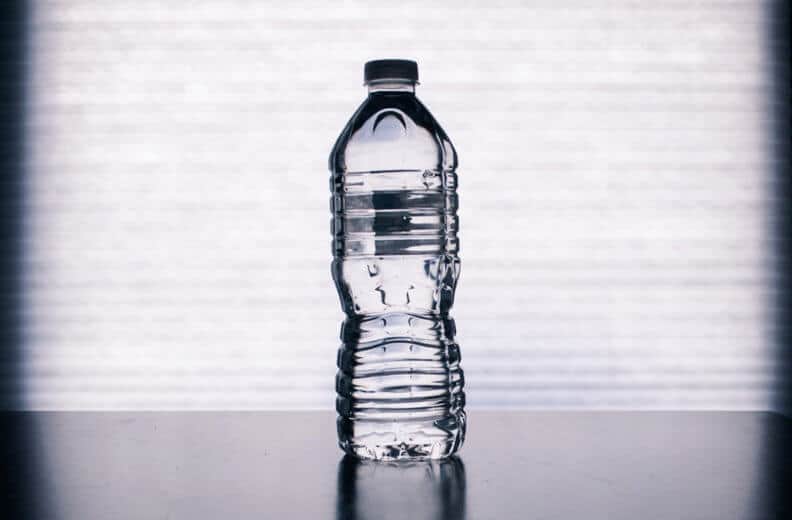Washington State University researchers have found that plastic products meant to replace the chemical bisphenol A, or BPA, are also causing genetic abnormalities in mice.
The discovery is a déjà vu moment for Patricia Hunt, who 20 years ago linked abnormalities in egg chromosomes to BPA released by a harsh detergent used on her lab’s mouse cages. This time, she saw reproductive defects in control animals housed in plastic cages made with BPA alternatives.
“There’s growing evidence that many of these common replacements are not safe,” said Hunt, a professor in WSU’s School of Molecular Biosciences and lead author of a study in the latest Current Biology. “We stumbled on an effect yet again. This is a more stable plastic but it induced similar effects on the process of making eggs and sperm. Importantly, when we tested the chemicals in controlled experiments, we got similar results for each of them.”
BPA has long been used in bottles, cups, medical and dental devices, and as coatings for food-can linings and cash register receipts. After Hunt and other researchers began tying BPA exposure to developmental defects in numerous animal species, the U.S. Food and Drug Administration banned it in baby bottles and children’s drinking cups. The Washington legislature has also limited its use.
Hunt and her colleagues say mice exposed to the common BPA replacement bisphenol S, or BPS, underwent changes in the way the germ cells in their testes and ovaries copy and splice DNA while producing sperm and eggs. Both sexes had problems getting DNA to recombine correctly, leading to a reduction in viable sperm and an increase in abnormal eggs. Hunt and her colleagues had similar results with the replacements BPF, BPAF, and diphenyl sulfone.
“These findings add to growing evidence of the biological risks posed by this class of chemicals,” Hunt and her colleagues write.
Problems in the male germline lasted several generations after the initial exposure.
In addition to risking human reproductive health, the replacement plastics can also be compromising the integrity of biological research.
“It’s now becoming almost impossible to run experiments without contamination,” said Hunt, called the “accidental toxicologist” by Scientific American magazine. “And it’s not that I live under my own black cloud. It’s that I have a super sensitive system. A germ line is like the canary in the coal mine. As soon as something hits, we see it. Other investigators in my facility don’t see it but it doesn’t mean that it doesn’t impact their research.”
Hunt’s WSU colleagues in the research are Tegan Horan, a research intern and the paper’s first author, as well as scientific assistants Hannah Pulcastro and Crystal Lawson and former postdoctoral fellows Mary Gieske and Caroline Sartain. Joining them are Roy Gerona and Spencer Martin of the University of California, San Francisco.
The study was funded by the National Institutes of Health.


